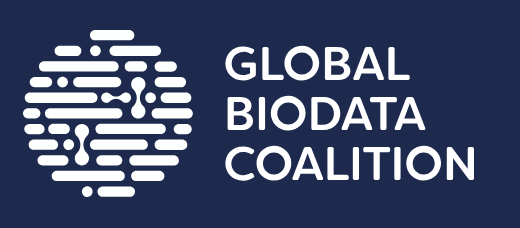The name of this superfamily has been modified since the most recent official CATH+ release (v4_4_0). At the point of the last release, this superfamily was named:
"Ribonuclease Inhibitor
".
FunFam 523: F-box/LRR-repeat protein 7
Please note: GO annotations are assigned to the full protein sequence rather than individual protein domains. Since a given protein can contain multiple domains, it is possible that some of the annotations below come from additional domains that occur in the same protein, but have been classified elsewhere in CATH.
There are 0 GO terms relating to "molecular function"
The search results have been sorted with the annotations that are found most frequently at the top of the
list. The results can be filtered by typing text into the search box at the top of the table.
There are 8 GO terms relating to "biological process"
The search results have been sorted with the annotations that are found most frequently at the top of the
list. The results can be filtered by typing text into the search box at the top of the table.
| GO Term | Annotations | Evidence |
|---|---|---|
|
Proximal/distal pattern formation, imaginal disc GO:0007449
The establishment, maintenance and elaboration of the proximal/distal axis of the imaginal disc. Imaginal disks are masses of hypodermic cells, carried by the larvae of some insects after leaving the egg, from which masses the wings and legs of the adult are subsequently formed.
|
1 | Q9VF10 (/IMP) |
|
Protein ubiquitination GO:0016567
The process in which one or more ubiquitin groups are added to a protein.
|
1 | Q9VF10 (/IDA) |
|
SCF-dependent proteasomal ubiquitin-dependent protein catabolic process GO:0031146
The chemical reactions and pathways resulting in the breakdown of a protein or peptide by hydrolysis of its peptide bonds, initiated by the covalent attachment of ubiquitin, with ubiquitin-protein ligation catalyzed by an SCF (Skp1/Cul1/F-box protein) complex, and mediated by the proteasome.
|
1 | Q9VF10 (/ISM) |
|
Regulation of protein localization GO:0032880
Any process that modulates the frequency, rate or extent of any process in which a protein is transported to, or maintained in, a specific location.
|
1 | Q9VF10 (/IMP) |
|
Positive regulation of hippo signaling GO:0035332
Any process that activates or increases the frequency, rate or extent of hippo signaling.
|
1 | Q9VF10 (/IMP) |
|
Cellular protein catabolic process GO:0044257
The chemical reactions and pathways resulting in the breakdown of a protein by individual cells.
|
1 | Q9VF10 (/IMP) |
|
Negative regulation of imaginal disc growth GO:0045571
Any process that stops, prevents, or reduces the frequency, rate or extent of imaginal disc growth.
|
1 | Q9VF10 (/IMP) |
|
Negative regulation of growth GO:0045926
Any process that stops, prevents or reduces the rate or extent of growth, the increase in size or mass of all or part of an organism.
|
1 | Q9VF10 (/IMP) |
There are 4 GO terms relating to "cellular component"
The search results have been sorted with the annotations that are found most frequently at the top of the
list. The results can be filtered by typing text into the search box at the top of the table.
| GO Term | Annotations | Evidence |
|---|---|---|
|
Cell-cell junction GO:0005911
A cell junction that forms a connection between two or more cells in a multicellular organism; excludes direct cytoplasmic junctions such as ring canals.
|
1 | Q9VF10 (/IDA) |
|
SCF ubiquitin ligase complex GO:0019005
A ubiquitin ligase complex in which a cullin from the Cul1 subfamily and a RING domain protein form the catalytic core; substrate specificity is conferred by a Skp1 adaptor and an F-box protein. SCF complexes are involved in targeting proteins for degradation by the proteasome. The best characterized complexes are those from yeast and mammals (with core subunits named Cdc53/Cul1, Rbx1/Hrt1/Roc1).
|
1 | Q9VF10 (/IPI) |
|
SCF ubiquitin ligase complex GO:0019005
A ubiquitin ligase complex in which a cullin from the Cul1 subfamily and a RING domain protein form the catalytic core; substrate specificity is conferred by a Skp1 adaptor and an F-box protein. SCF complexes are involved in targeting proteins for degradation by the proteasome. The best characterized complexes are those from yeast and mammals (with core subunits named Cdc53/Cul1, Rbx1/Hrt1/Roc1).
|
1 | Q9VF10 (/ISM) |
|
Apical part of cell GO:0045177
The region of a polarized cell that forms a tip or is distal to a base. For example, in a polarized epithelial cell, the apical region has an exposed surface and lies opposite to the basal lamina that separates the epithelium from other tissue.
|
1 | Q9VF10 (/IDA) |
